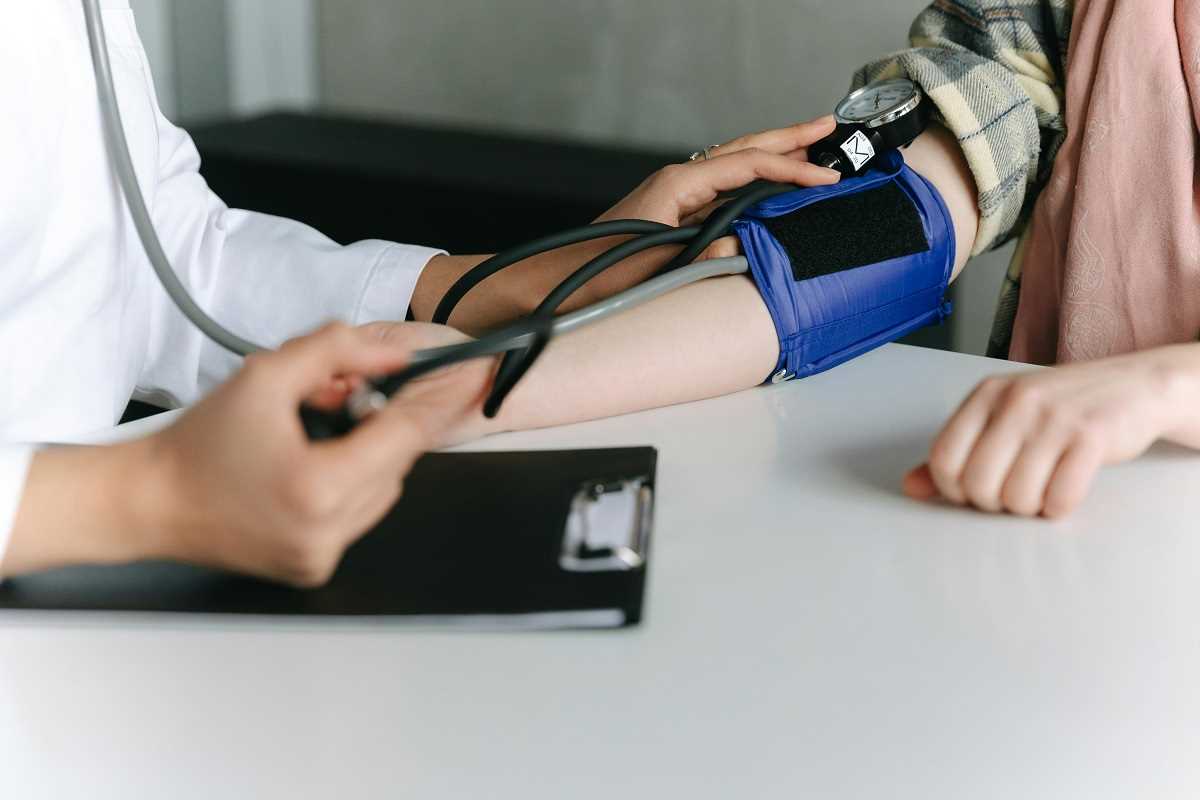Access to quality healthcare is a challenge for many, especially in underserved areas where hospitals may be far away and private care feels financially out of reach. Enter community health clinics. These small but mighty institutions are crucial in closing the healthcare gap, providing essential medical services to those who might otherwise go without care. They’re more than just healthcare providers; they’re lifelines, offering support that ripples throughout entire communities.
Bridging the Gap in Healthcare
For millions across the country, community health clinics serve as the first (and often only) point of contact with the healthcare system. They play a vital role in areas where geography, income, or systemic barriers make access to healthcare difficult.
Imagine living in a rural community, where the nearest hospital is an hour's drive away and you don’t own a car. Or perhaps you’re balancing multiple part-time jobs and can’t afford health insurance, but you need medication for your diabetes. Community health clinics exist to fill those gaps by providing affordable, accessible care.
One of their greatest strengths is that they don’t turn anyone away. Many clinics operate on a sliding fee scale, meaning patients pay based on what they can afford—even if that amount is close to zero. This inclusivity ensures that no one is denied care due to financial hardship.
The Essential Services They Provide
What exactly do community health clinics offer? The answer is, quite a lot. Their services are diverse, addressing both immediate and long-term health needs. Here are some of the key ways clinics make a difference:
- Preventive Care
- Prevention is better than cure, as the saying goes, and community health clinics take that philosophy to heart. They offer routine health screenings, vaccinations, and wellness checkups to help catch issues early, before they escalate into serious conditions.
- For example, regular blood pressure screenings at a clinic can help identify hypertension early, potentially saving someone from a life-altering stroke later down the road. By emphasizing prevention, clinics not only improve individual health outcomes but also reduce the overall strain on the healthcare system.
- Chronic Disease Management
- Chronic conditions like diabetes, asthma, and heart disease require ongoing care that can be difficult to access for low-income or uninsured individuals. Clinics step in to help patients manage these conditions by providing affordable treatment plans, medication, and education on how to manage symptoms.
- A great example of this is the work of clinics in areas with high diabetes rates. By offering nutrition counseling, glucose monitoring, and affordable insulin, these clinics help patients maintain better health and reduce the risk of complications like kidney disease or amputations.
- Mental Health Support
- Mental health is just as important as physical health, but it’s often harder to find care, especially in underserved areas. Community health clinics are stepping up to address this critical need by offering counseling, therapy, and support groups.
- Take the story of Maria, a single mother in a low-income neighborhood. Struggling with anxiety and depression after losing her job, she found relief through free counseling services at her local clinic. Mental health support like this doesn’t just help individuals cope with their challenges; it also strengthens families and improves overall community well-being.
- Maternal and Child Health Services
- Expectant mothers and young children are particularly vulnerable when it comes to inadequate healthcare access. To address this, clinics provide prenatal care, parenting classes, and pediatric checkups. These services ensure healthier pregnancies and give children the best possible start in life.
- For instance, clinics participating in early intervention programs have helped reduce infant mortality rates in some underserved regions. By providing access to critical prenatal care and education, they’re paving the way for healthier, stronger future generations.
- Addressing Public Health Crises
- Community health clinics are often on the frontlines when public health emergencies strike, like the COVID-19 pandemic. Clinics ramped up testing, vaccination efforts, and education campaigns to keep underserved populations informed and protected.
- Their nimbleness in crisis situations highlights just how vital they are—as trusted resources deeply embedded in their communities, they’re uniquely positioned to respond quickly and meet urgent needs.
Reducing Healthcare Disparities
Healthcare disparities are a harsh reality in the United States, disproportionately affecting low-income families, people of color, rural residents, and immigrant populations. Community health clinics work tirelessly to reduce these inequities by bringing quality care to those who need it most.
For example, migrant worker communities face significant healthcare barriers due to language gaps, lack of insurance, and transient living conditions. Clinics catering to these populations often employ bilingual staff and offer mobile health units to bring care directly to the fields where workers spend their days.
These efforts don’t just benefit individual patients; they ripple outward, improving public health as a whole by reducing the spread of preventable diseases and minimizing hospital overcrowding.
Community Connection
Beyond their role as healthcare providers, community health clinics are cornerstones of connection. They understand that socioeconomic factors like housing, education, and unemployment affect health outcomes, so they partner with local organizations to address these broader issues.
For example, a clinic might collaborate with a food bank to provide nutrition assistance or work with housing advocates to help patients access stable living conditions. These efforts build a web of support that strengthens the entire community, not just individual patients.
Success Stories That Speak Volumes
The impact of community health clinics can be seen in countless success stories. One striking example comes from a clinic in South Los Angeles, which implemented a diabetes management program targeting low-income residents with little access to care. Over five years, they saw a significant reduction in hospitalizations for diabetes-related complications. More importantly, they empowered patients to take control of their health with education and consistent support.
Then there’s the story of a rural clinic in Appalachia that launched a mobile health program to serve remote communities. For many residents, these visits marked the first time they’d seen a doctor in years. The program not only improved individual health outcomes but also fostered trust between the clinic and the wider community.
Challenges and Innovations
Of course, community health clinics face challenges, too. Funding is one of the most significant hurdles, as they often rely on a combination of government grants, philanthropic donations, and patient revenue. However, innovations like telemedicine and mobile health units are helping clinics stretch their resources farther and reach even more people.
For example, virtual appointments during the pandemic allowed clinics to continue providing care without requiring patients to travel. Similarly, mobile units have proven invaluable for delivering services to areas without a permanent healthcare facility.
For the millions who walk through their doors each year, these clinics are safety nets, advocates, and lifelines in every sense of the word.
 (Image via
(Image via





